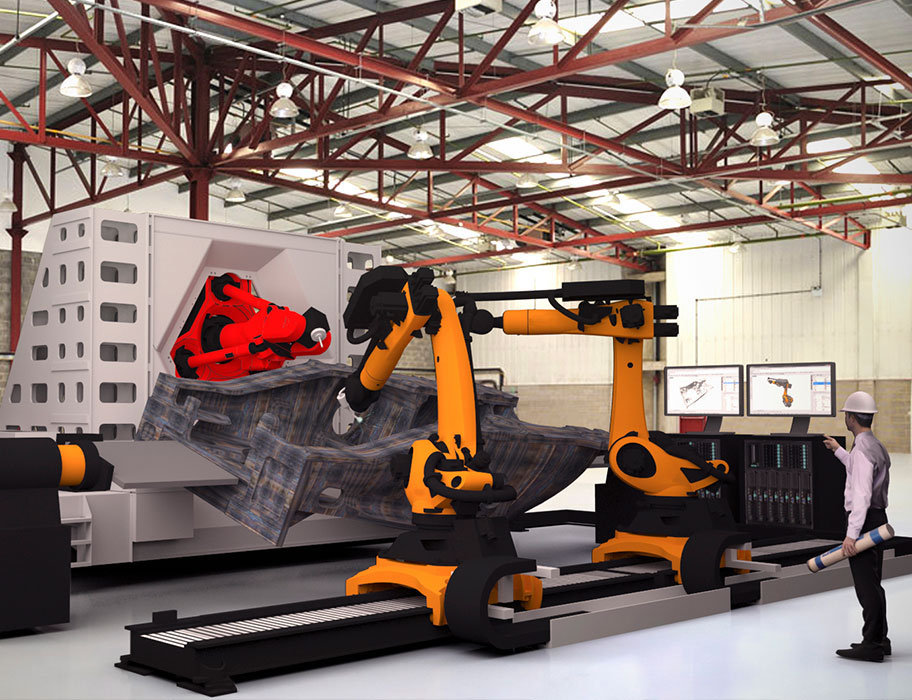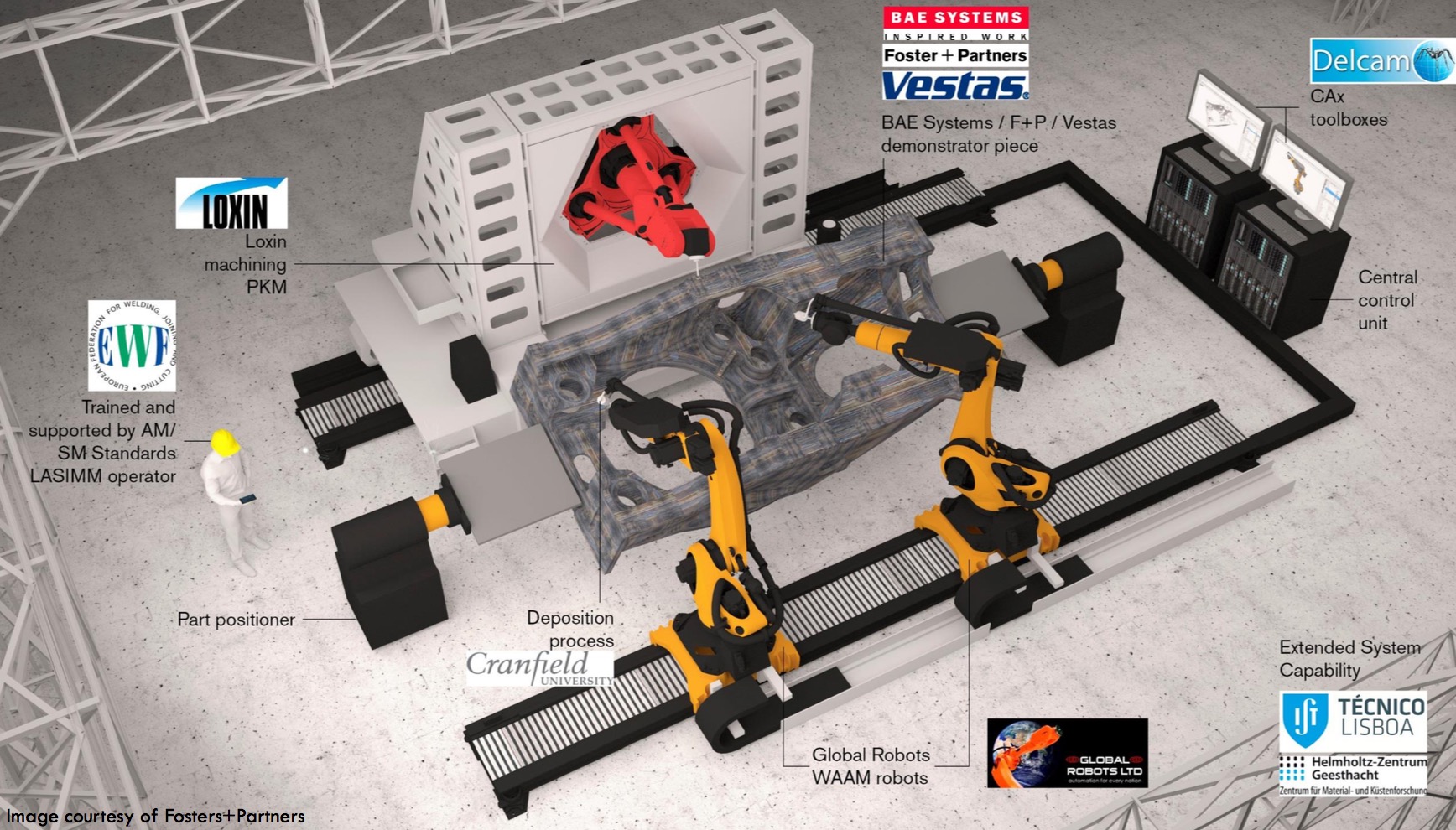
The EU is sponsoring a project that is attempting to create the “world’s largest hybrid manufacturing machine”.
While 3D printers have been around for literally decades, they have had one fundamental challenge when being integrated into a manufacturing process: they have been standalone devices.
Certainly 3D printing technology is hugely promising, as the process provides a means to manufacture objects unattainable in other processes. But that works only if you integrate it into the manufacturing process.
And the manufacturing process is always far more than just the 3D printing part. There are stages before and after that may involve different types of making equipment and finishing processes.
A standalone 3D printer implies there will be manual intervention required in the middle of the manufacturing process, making it less efficient. Some 3D printer vendors are approaching this problem by providing a means to integrate their equipment with manufacturing processes (via their partnership with Siemens), but the LASSIM project is taking a different approach.
Instead of integrating with other equipment, their goal is to put it all into one machine! Their objectives:
- To integrate seamlessly additive, subtractive, metrology and cold work capability into a single machine featuring
- an advanced control system;
- To develop the software capability for generation of tool paths and sequences for a parallel process multi-head system;
- To ensure the components’ structural integrity by allowing in-process non-destructive testing and repair of defects by layer machining;
- To produce functional parts with the final desired accuracy, surface finish, tolerances and material efficiency;
- To produce components with mechanical properties better than forged material thanks to the unique and innovative adoption of in-process cold-work during additive operations;
- To demonstrate the machines capability by production of test pieces defined by industrial requirements;
- To enable creation of mixed-material structure using compatible as well as incompatible materials for increased functionality of the part and locally tailored mechanical properties
If successful, their project will unveil a machine that could be very efficient. They cite reasonable reductions in time & cost, with increases in productivity.
Their technology is based around a “Wire + Arc Additive Manufacturing” (WAAM) process for aluminum and steel that I believe is used by a few 3D metal printer vendors. But that’s not all. The concept makes heavy use of robotics, as you might guess.
LASSIM’s goal is to produce a TRL 6 version of the concept, which to those unfamiliar with “Technology Readiness Level” rankings, means a “Representative model or prototype system, which is well beyond that of TRL 5, is tested in a relevant environment.”
That’s not exactly a product, but is well on the way to becoming one.

The work is being undertaken by a consortium of ten vendors providing a wide variety of skills, ranging from software to materials to robotics to energy to welding. The 36 month, €5M (USD$5.3M) project is underway and should complete at the end of 2018.
Via LASSIM

